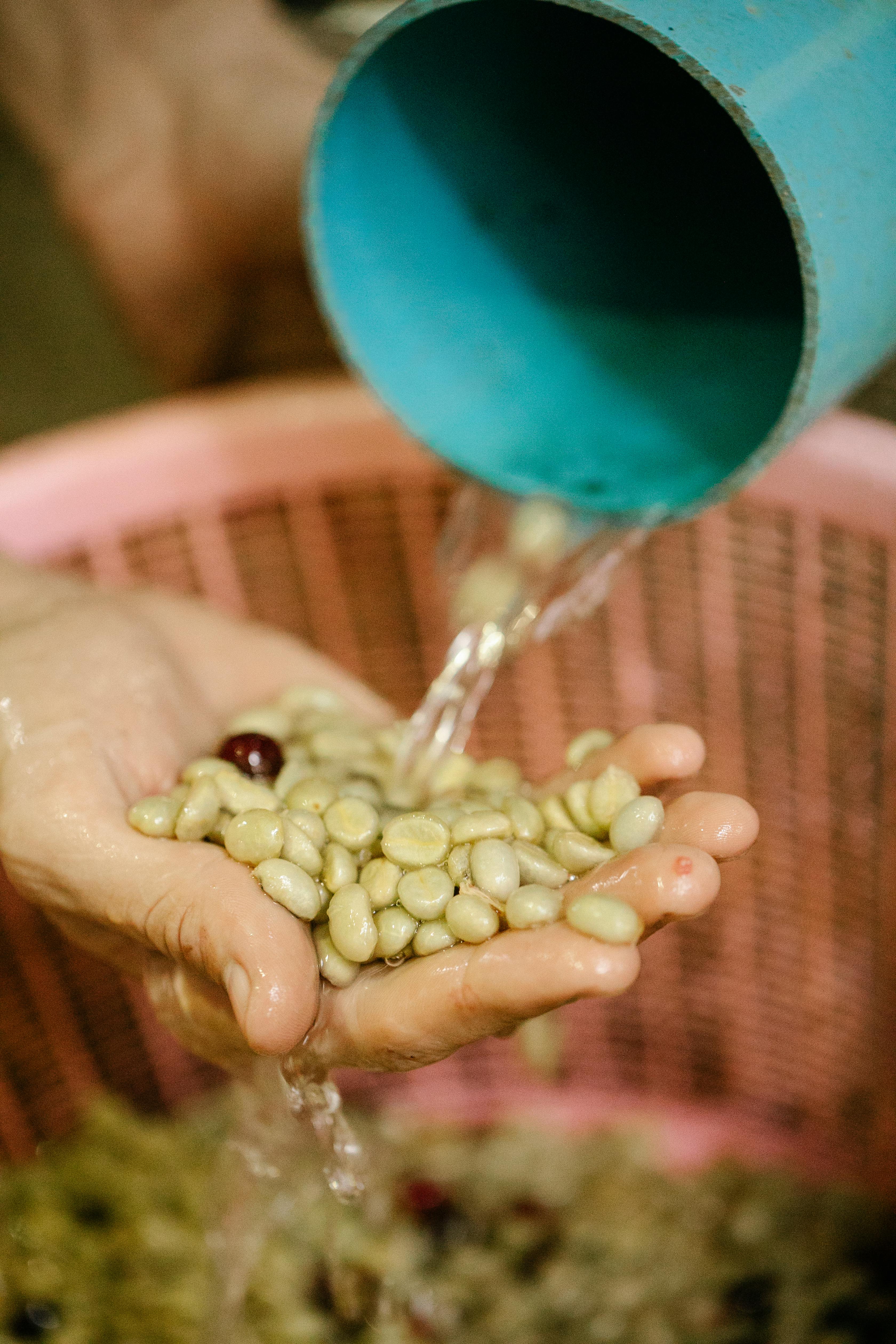
How to Thicken Gravy: 5 Effective Ways
Gravy is a staple accompaniment for many dishes, adding flavor and moisture that elevate any meal. Whether it's served over mashed potatoes, chicken, or a holiday roast, a good gravy can make all the difference. However, achieving the perfect consistency can sometimes be challenging. In this guide, we'll explore the best methods and effective tips on how to thicken gravy for a velvety and satisfying texture. Get ready to learn practical solutions that will not only enhance your gravy but also impress your guests!
Best Thickening Methods for Gravy
Choosing the right thickening agent can determine the success of your gravy. Here are five methods you can employ:
1. Cornstarch Gravy Recipe
Using cornstarch is one of the easiest ways to achieve thick gravy without lumps. To create a cornstarch slurry, mix equal parts cornstarch and cold water. Stir this mixture into your simmering gravy a little at a time, allowing it to heat for a few minutes so it thickens and becomes translucent. This method is particularly effective for those needing a quick sauce, as it provides a smooth texture and a glossy finish.
2. Flour for Gravy Thickness
Flour is a classic thickening agent for gravy and requires a little more technique. To prevent lumps, you can create a roux by cooking equal parts flour and fat (such as butter) over low heat until it turns golden. Slowly whisk in your liquid, cooking it down until it reaches your desired thickness. Remember, the type of flour can impact the flavor and consistency of your gravy, so for savory gravies, all-purpose flour is often the best choice.
3. Reducing Gravy for Thickness
Sometimes, reducing liquids for gravy is the best way to achieve thickness. After your gravy base has developed flavor, let it simmer uncovered to allow excess moisture to evaporate. Stir occasionally to avoid burning. This method not only thickens the gravy but also intensifies the flavors, resulting in a hearty and delicious sauce. It's a technique commonly used in restaurant-style gravies.
Easy Gravy Thickener Options
If you're pressed for time or don’t have traditional thickening agents on hand, consider these alternatives:
1. Instant Gravy Thickening Agents
There are several instant gravy thickening options available in supermarkets. These packaged thickeners can be convenient when in a rush and are typically gluten-free. Just be sure to read the instructions carefully, as their thickening power can vary.
2. Using Cream for a Richer Texture
Adding cream is a fantastic way to not only thicken your gravy but also enhance its rich flavor. Heavy cream or half-and-half can be whisked into hot gravy, creating a luxurious, velvety texture that's perfect for special occasions or comforting home meals. Just be cautious not to boil the gravy after adding it, as it may curdle.
3. Using Other Liquids for Gravy
Don’t be afraid to experiment with different liquids to thicken sauces easily. Many cooks use pasta water, potato water, or even broth for an additional flavor boost while achieving the desired thickness. Their natural starches can work wonders in achieving the perfect consistency, all while adding a unique flavor profile to your gravy.
Tips for Homemade Gravy Consistency
Achieving the right consistency is crucial for a great gravy experience. Consistency can make it or break it and here are some expert tips:
1. Chunky Gravy Solutions
If you find that your gravy ended up too chunky, don’t worry! You can easily blend it in a blender or use an immersion blender to achieve that smooth gravy feel. This method is quick and effective, resulting in a lump-free gravy that looks and tastes expertly made.
2. Adjusting Gravy Thickness
When your gravy ends up too thick, it’s simple to adjust by adding a bit of warm broth or water. Likewise, if your gravy is too runny, strive to incorporate a thickening agent as mentioned prior. The key is to finish with a final taste, ensuring both seasoning and thickness meet your preferences.
3. Storing Leftover Gravy
When it comes to storing leftover gravy, it’s essential to know that thickening can change upon reheating. To restore gravy, gently heat and adjust thickness as needed with an added liquid or additional thickener. This will help achieve the perfect gravy texture even after storage.
Key Takeaways
- Utilize cornstarch and flour as effective thickening agents for homemade gravy.
- Consider reducing your gravy for enhanced flavor concentration and thickness.
- Try using cream or alternative liquids for richer textures and unique flavors.
- Blend chunky gravies for a smooth, lump-free consistency.
- Learn to adjust and store gravy properly to maintain its perfect thickness.
FAQ
1. How can I fix runny gravy?
If your gravy is too runny, consider adding a thickening agent such as cornstarch slurry or flour to thicken it up. Mix your chosen thickener with some cold water and stir it gradually into your simmering gravy until you achieve your desired consistency.
2. Is there a gluten-free way to thicken gravy?
Yes, there are several gluten-free thickening options. Cornstarch is a popular choice, but you can also use potato starch or rice flour for a gluten-free solution.
3. Can I use milk instead of water in my gravy?
Absolutely! Using milk or cream can add richness and a velvety texture to your gravy. Just be mindful of the heat to prevent it from curdling.
4. What is the best flour to use for gravy?
All-purpose flour is often recommended for gravy due to its balanced gluten content, which creates a good consistency. However, if you’re looking for alternatives, try using rice flour or cornstarch.
5. How do I avoid lumps in my gravy?
The key to achieving lump-free gravy is to mix your thickening agent with cold liquid before adding it to the hot gravy. Alternatively, constantly whisking as you add the thickener can help prevent lumps from forming.
6. Can I reduce gravy for thickness while it cooks?
Yes, letting gravy simmer uncovered allows moisture to evaporate, which naturally thicken it. Be sure to stir occasionally to prevent it from sticking to the pan.
7. What can I use instead of cornstarch for thickening gravy?
In addition to flour, you can try using potato starch, arrowroot powder, or other alternatives like xanthan gum as viable substitutes for thickening sauces easily.

